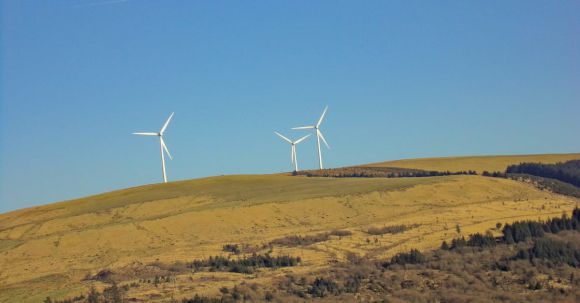In today’s rapidly changing world, the need to protect our wildlife has become more crucial than ever before. With habitat destruction, climate change, and poaching on the rise, it is imperative that we take proactive measures to safeguard the incredible biodiversity that exists on our planet. This article will provide a comprehensive guide to conservation initiatives that can help protect wildlife and ensure a sustainable future for generations to come.
Preserving Natural Habitats
One of the most effective ways to protect wildlife is by preserving their natural habitats. By conserving forests, wetlands, and other critical ecosystems, we can provide a safe haven for countless species. Governments and organizations around the world are working together to establish protected areas, such as national parks and nature reserves, where wildlife can thrive undisturbed.
Combating Climate Change
Climate change poses a significant threat to wildlife, as it alters their habitats and disrupts their natural patterns. To mitigate these impacts, conservation initiatives are focusing on reducing greenhouse gas emissions and promoting sustainable practices. This includes transitioning to renewable energy sources, supporting reforestation efforts, and advocating for policies that prioritize the well-being of both people and wildlife.
Preventing Illegal Wildlife Trade
The illegal wildlife trade is a multi-billion-dollar industry that threatens countless species with extinction. From ivory and rhino horn to exotic pets and traditional medicines, the demand for wildlife products continues to fuel this illicit trade. Conservation initiatives are working tirelessly to combat illegal trafficking by strengthening law enforcement, raising awareness, and promoting sustainable alternatives.
Engaging Local Communities
Involving local communities in conservation efforts is essential for achieving long-term success. When people understand the value of wildlife and the importance of preserving their habitats, they become active participants in protecting them. Conservation initiatives are increasingly focusing on community-based approaches, empowering locals to become stewards of their natural resources and promoting sustainable livelihoods that benefit both people and wildlife.
Promoting Responsible Tourism
Tourism can have both positive and negative impacts on wildlife. While responsible tourism can contribute to conservation efforts through education and funding, irresponsible practices can harm ecosystems and disturb wildlife. Conservation initiatives are working with the tourism industry to promote ethical guidelines, such as minimizing disturbance, supporting local communities, and ensuring that tourist activities do not harm wildlife or their habitats.
Investing in Research and Technology
Advancements in research and technology are playing a crucial role in wildlife conservation. Scientists are using satellite tracking, DNA analysis, and other tools to gather data on animal populations, migration patterns, and habitat changes. This information is vital for making informed decisions and developing effective conservation strategies. By investing in research and technology, we can better understand wildlife and implement targeted initiatives to protect them.
Educating the Next Generation
Education is key to fostering a culture of conservation. By teaching young people about the importance of wildlife and the threats they face, we can inspire the next generation of conservationists. Conservation initiatives are developing educational programs that incorporate hands-on experiences, interactive learning, and community engagement to raise awareness and empower young people to take action.
Conclusion: A Call to Action
Protecting wildlife is a collective responsibility that requires collaborative efforts from governments, organizations, communities, and individuals around the world. By preserving natural habitats, combating climate change, preventing illegal trade, engaging local communities, promoting responsible tourism, investing in research and technology, and educating the next generation, we can make a significant impact on wildlife conservation. Let us all join hands and work together to protect our precious wildlife and ensure a sustainable future for all living beings.



